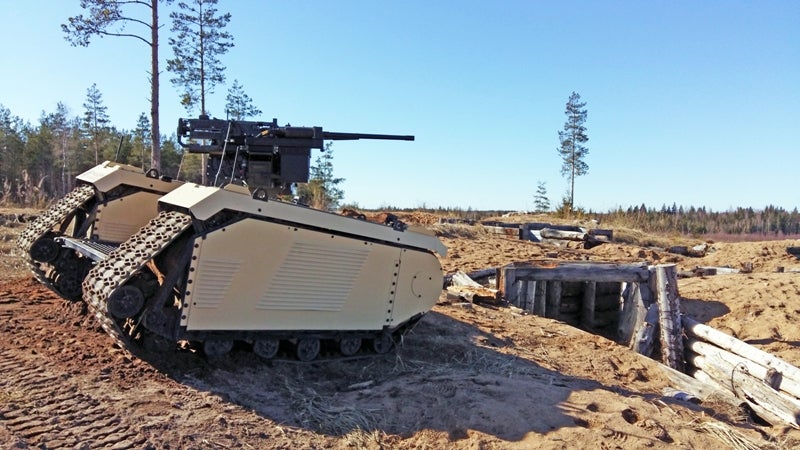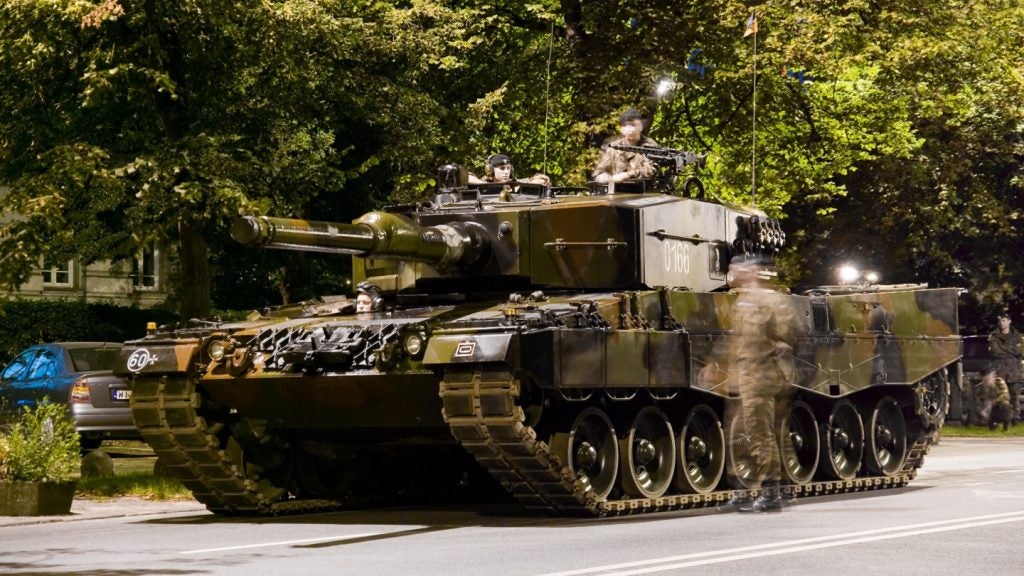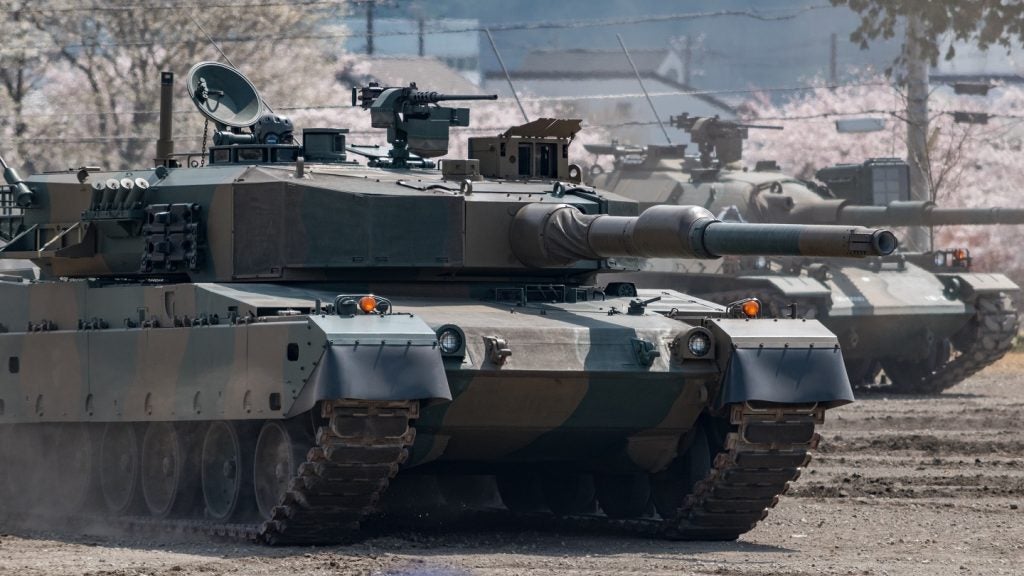Depending on the application, level of sophistication, and reliability requirements, robotics generally involves a number of levels of control and processing. As a result, defence industries are continually involved in meeting common standards, consolidate and coordinate to stay competitive.
Listed below are the key regulatory trends impacting the unmanned ground vehicle (UGV) theme, as identified by GlobalData.
Common standards
Developing a soldier system kit requires standardisation. If that principle might seem of less importance when it comes to garments, it is crucial for protective equipment, sensors and electronic components. Although standards do exist for the components, there are efforts to establish ones for digital soldier kits. The aim is to resolve issues related to interoperability between allied troops, to mission adaptability, maintenance and life cycle cost and overall operational effectiveness.
Defence industry consolidation
To address the financial issues associated with the development of capabilities and the overall market competition, defence industries are continually undergoing consolidation phases. M&A in the defence sector will allow them to offer a wider range of products or make the redesigning of existing ones an affordable process.
With the expansion of robotics use, major defence industries acquire companies in the segment, positioning themselves in the competitive landscape at a shorter timeframe. In total, the consolidation phase will streamline the supply chain of the defence market and will improve the positioning of the firms.
Defence organisations coordination
Defence cooperation organisations such as the North Atlantic Treaty Organization (NATO) and European Defence Agency (EDA) play an instrumental role in initiating and coordinating processes involving force structuring, pooling and sharing, R&D, standardisation and acquisitions. They are able to drive changes through the initiation of processes, provide the necessary bureaucratic support, be the main procuring agency, allocate funds to crucial R&D areas, facilitate pooling and sharing as well as training activities, drive changes in the form of common standardisation based on lessons learned, etc.
Dual-use technology and materials
Dual-use technologies or commercial off-the-shelf (COTS) systems play an important role in guaranteeing the successful development of robotic systems. Considering the developments in electronics, computing, software and hardware, it is safer for manufacturers to use COTS technology that has been tested and proven, thus reducing the risks associated with development.
How well do you really know your competitors?
Access the most comprehensive Company Profiles on the market, powered by GlobalData. Save hours of research. Gain competitive edge.

Thank you!
Your download email will arrive shortly
Not ready to buy yet? Download a free sample
We are confident about the unique quality of our Company Profiles. However, we want you to make the most beneficial decision for your business, so we offer a free sample that you can download by submitting the below form
By GlobalDataCulture
Culture is a critical driving factor to the expansion or restriction of the market. There were obstacles to the introduction of unmanned aerial vehicles (UAVs) in military force structures but their use in combat opened the way for their massive introduction. Ground robotic systems will have to go through the same process.
Testing during deployment in missions, such as the trials of Milrem’s THEMIS UGV, or their use in technology demonstration exercises, such as DSTL’s “Last Mile”, are important and necessary in providing valuable experiences and data. However, the new operational concepts required in MUM-T or in the use of UXS in swarms is a new puzzle for military leaders to solve.
UXS in homeland security (HLS)
HLS organisations were among the first to use UGVs in Explosive Ordnance Disposal (EOD) missions. However, UGVs can provide additional capabilities such as border patrolling or critical infrastructure protection. The lack of adequate funding is sometimes prohibiting these organisations from introducing new technologies at a fast tracked pace.
UGVs and civilians
UGVs are being used in infrastructure protection, but their use has been limited so far. They can be ideal in protecting civilians and critical assets. However, when operating as weaponised platforms among civilians, they definitely raise serious concerns regarding potential misfiring or wrong “judgement” by the machine, even if there is a man-in-the-loop process. Therefore, HLS services will find it easier to operate them in public areas (such as airport and harbour perimeters) with non-lethal weapons or as intelligence, surveillance, and reconnaissance (ISR) platforms.
This is an edited extract from the Unmanned Ground Vehicles (Defence) – Thematic Research report produced by GlobalData Thematic Research.










Related Company Profiles
Milworks
EDA
Themis, Ltd.
H.L.S., INC
European Defence Agency